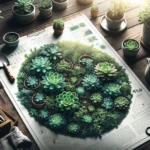Introduction to Crassula’s Longevity
Crassula, a genus celebrated for its easy-going nature and longevity, has nestled into the hearts of succulent lovers everywhere. These resilient plants have turned windowsills and terrariums into miniature sanctuaries, asking for little but giving back with lush, evergreen vibrancy. Their ability to outlive common expectations fuels a fascination with their lifespan, a topic drawing plant hobbyists and green-thumbed enthusiasts alike towards a deeper exploration of these perennial wonders.
Marked by fleshy leaves and stout stems, Crassulas are prime examples of nature’s mastery in drought-resistant design—an attribute that contributes to their remarkable lifespan. Mastering Crassula care is almost an art in itself, where understanding their needs translates into years, sometimes decades, of shared growth and beauty. A case in point is the famous Crassula ovata, commonly known as the Jade Plant. This green gem is often passed down through generations, becoming a living family heirloom that thrives under the watchful eyes of its caretakers.
In the urban jungles we call home, space comes at a premium, and Crassulas have adapted to fit seamlessly into our lives. Whether it’s a compact Crassula muscosa claiming a sunny nook or an aged Crassula ovata reigning over the living room, these plants have made themselves indispensable. For more insights on nurturing your green companions, take a glimpse at succulent care tips that can make all the difference in maintaining their vitality.
The image below captures one of the countless Crassula species in its element, thriving within the confines of a simple yet elegant pot—a testament to its adaptability and longevity. Embed this scene in your memory, for it is a snapshot of peaceful coexistence with nature.
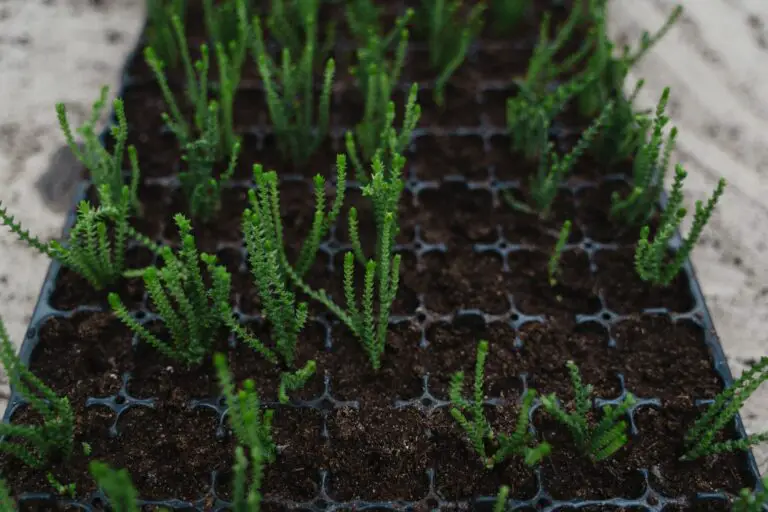
Through attentive care and an appreciation for their low maintenance disposition, Crassulas remind us that the secret to a prolonged life may just lie in our ability to adapt, conserve, and flourish with minimal fuss. These serene specimens are not just plants; they are storytellers of time, narrators of endurance, and symbols of life’s persistent march forward.
Understanding the Crassula Family
Welcome to the lush and verdant world of the Crassula family, where a copious array of species all share the common gift of longevity. Perhaps you’ve come across the ever-popular Jade plant, whose plump, emerald leaves are a staple in homes worldwide, bringing a whisper of prosperity and greenery into any space. But the Jade plant, or Crassula ovata, is merely the tip of the succulent iceberg. With their fleshy leaves and robust constitution, Crassula species are cherished not only for their ornamental beauty but also for their remarkable ability to thrive across different climates and corners of the earth.
From the arid stretches of Madagascar to the temperate homes of many indoor plant enthusiasts, these plants exhibit a resilience that’s nothing short of impressive. These species, including the glossy-leaved Crassula arborescens or the dainty Crassula muscosa, are known for their adaptability and durability. Adaptability, in fact, is a hallmark of these succulents. Whether basking in the full sun or nesting in cooler, shaded nooks, Crassulas seem to find a way to not just survive, but truly thrive.
Equally fascinating is how they’ve embedded themselves into the fabric of our lives. Take, for instance, a quaint living room corner that’s instantly elevated by the presence of a Crassula. Or consider the rooftops sprinkled with these hardy succulents, not simply as decorations but as guardians against the elements, insulating homes with their dense foliage. Indeed, their ability to adapt translates into tangible benefits for the environments they inhabit — a symphony of form and function not easily matched by other plant families.
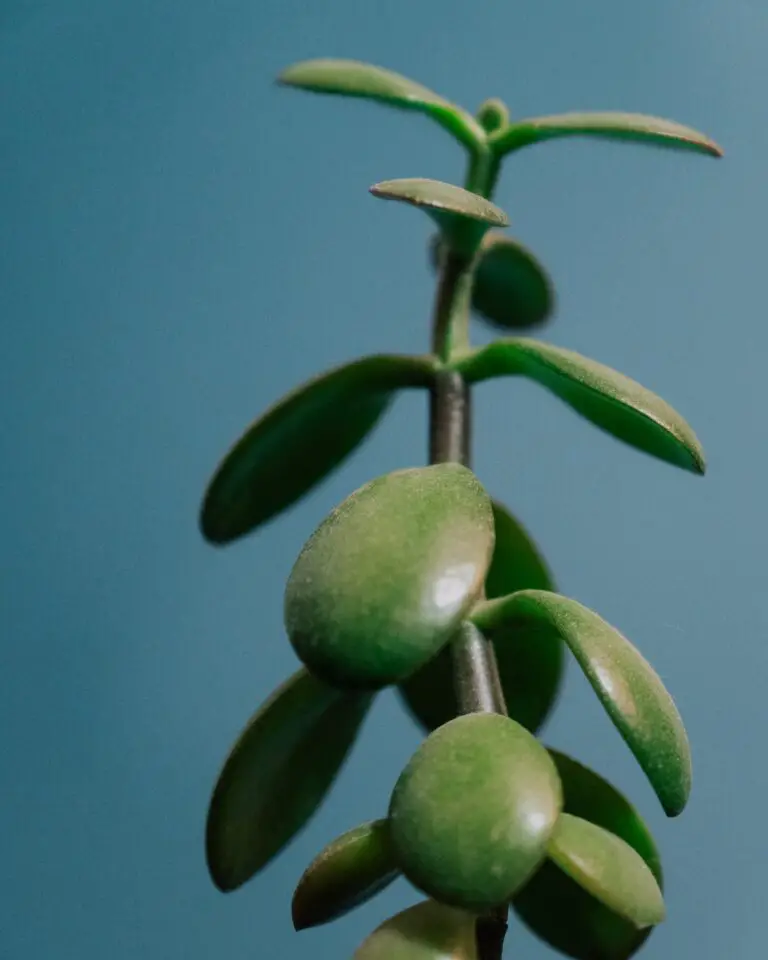
Now, if you’ve been charmed by the fortitude and beauty of the Crassula and are considering bringing one into your home, you’re in luck. These plants are not just endearing; they’re also quite undemanding. Caring for a Crassula is as easy as embracing the basics: proper sunlight, a bit of water, and a touch of love. Speaking of care, have you ever wondered about the best ways to ensure your green companion lives a long and prosperous life? For insights on pruning and watering your Jade plant to perfection, you might find the resource over at Country Living particularly helpful. A little bit of know-how can go a long way in ensuring your Crassula not only survives but positively flourishes.
As we delve deeper into the variety and vitality of the Crassula family, it becomes clear: these aren’t just plants; they’re a testament to nature’s tenacity. Their enduring presence in our homes and hearts is a lush, leafy reminder of life’s brilliant persistence.
The Lifespan of Crassula Plants
Can you believe that some Crassula species could be your lifelong plant companions? It’s true! Under optimal conditions, these sturdy little succulents can live for decades. We’re talking about a lifespan that ranges from 10 to even 15 years—a testament to their resilience!
These green gems adapt marvelously to indoor settings, where their lives are mostly sheltered from nature’s extremes. But don’t just take my word for it. Consider the Crassula ovata, commonly known as the Jade Plant. With proper care, it can grow old with you, turning into a lavish, tree-like structure. It’s amazing to watch this transformation, as what starts out as a small potted plant can flourish into a miniature tree that demands admiration and awe.
Of course, not all Crassula are created equal. Some species might not hit the high marks of their cousins but will still grace your homes with years of verdant splendor. And yes, like people, plants need a little TLC to reach their potential. With the right conditions—think well-draining soil, appropriate watering, and a cozy spot with indirect sunlight—your Crassula could very well become an heirloom, passed down from one generation to the next.
Now, let’s bring in some real-life flair. Imagine walking into a room where a mature Crassula artistically spreads its jade-green leaves, tinged with a touch of red, like a natural sculpture commanding its space. It’s not just a plant; it’s a story, a piece of history, and a reflection of the care invested in it.

Remember, it’s not just their hardware (that’s botanist speak for ‘biological makeup’) that grants Crassulas their staying power; it’s also the tender software (aka your nurturing) that counts. So, if you fancy the idea of a green heirloom and are prepared to give a little care, a Crassula could be your perfect plant partner for life’s long haul.
Factors That Influence Crassula Longevity
Embarking on the botanical journey with Crassula plants, one quickly becomes enchanted by their resilience and simplistic elegance. These succulent enthusiasts often find themselves pondering, “How long do crassula live?” Indeed, these hardy plants boast a lifespan that’s as lush as their thick, jade-like leaves, but it’s not just a matter of counting years. The longevity of your Crassula is a vibrant tapestry woven from a myriad of factors, each as important as the next. Let’s explore the secrets behind their sometimes century-long lives.
Firstly, sunlight is akin to the golden threads in the tapestry, vital to the verdure of a Crassula’s existence. These succulents are sun worshipers, basking in bright but indirect light that echoes their native habitats. Imagine them perched along rock crevices, soaking in the warm embrace of morning sun—heavenly! But beware, for like the wax wings of Icarus, too direct and intense sun can spell doom, as their fleshy leaves may scorch and wither.
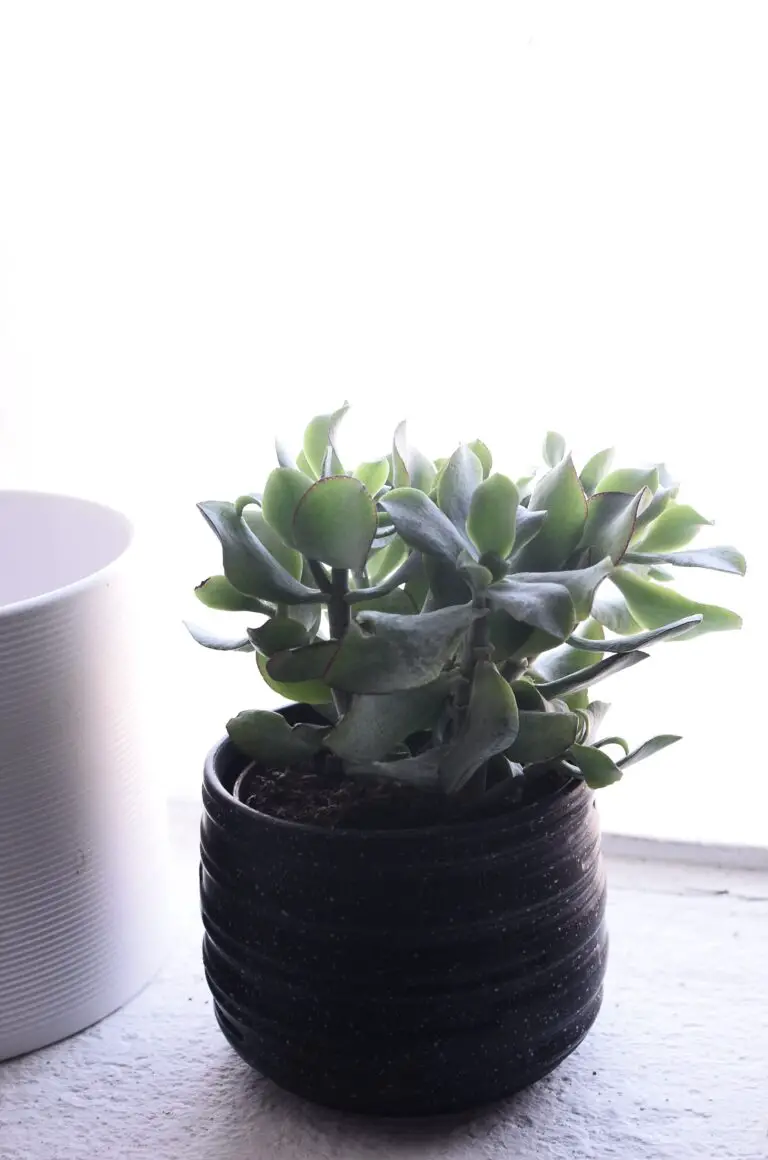
Moving from the celestial to the terrestrial, let’s dive into the realm of watering. Imagine a succulent’s surprise downpour in the desert—such is the watering ritual it craves. Yet, throughout this rhythmic cycle, one must not overindulge. Waterlogged roots are a nightmare akin to unheard melodies, as they bring about decay and shortened life spans. Moderation, then, is the watering can’s symphony for these desert darlings.
The foundation of any great structure is its bedrock, and for Crassula, this is soil quality—a crucial cornerstone. The plant’s life source is a well-draining, sandy or stony soil composition, reminiscent of their natural, gritty homelands. Caring for these succulents isn’t about rich loam, but about recreating a slice of the rocky outcrop they might have called home.
Temperature is yet another chapter in their longevous story. Crassula plants prefer a temperate climate, personality mirroring that of a spring or autumn day. They are not creatures of the extreme; the blistering frost and sweltering heat are two extremes they’d rather read about than live. Maintaining a stable climate is akin to maintaining balance in a well-composed photograph—necessary for the full picture of longevity.
Lastly, relative humidity has its place at the table of life. These stoic succulents desire an environment that’s not too moist—think a faintly misted morning rather than a thick fog. A moderate humidity level ensures that their leaves don’t become a breeding ground for fungal woes, which can undoubtedly cut their long tale short.
So there you have it—the life expectancy of a Crassula is not merely an allotted timeline but a melodic dance with the elements. With a harmonious relationship between light, water, soil, temperature, and humidity, a Crassula can proudly stand the test of time, flourishing for years on end, or perhaps even greeting the next generation with its enduring presence.
Maximizing Crassula Health and Lifespan
Ever wondered what kind of TLC (Tender Loving Care) could make your Crassula plants flourish beyond the typical life expectancy? You’re about to find out! Ensuring that your Crassula lives a full and verdant life isn’t just about hitting the care basics—it’s about maximizing every aspect of its environment to encourage thriving growth year after year.
Let’s dive into watering, the lifeline of your succulent. Crassulas demand a “soak and dry” method—imagine the rain drenching the soil, followed by a period of drought beneath the sun of its native habitat. Essentially, wait until the soil is completely dry before giving it a thorough soaking. This simulates the natural watering cycles they adore, promoting robust root systems.
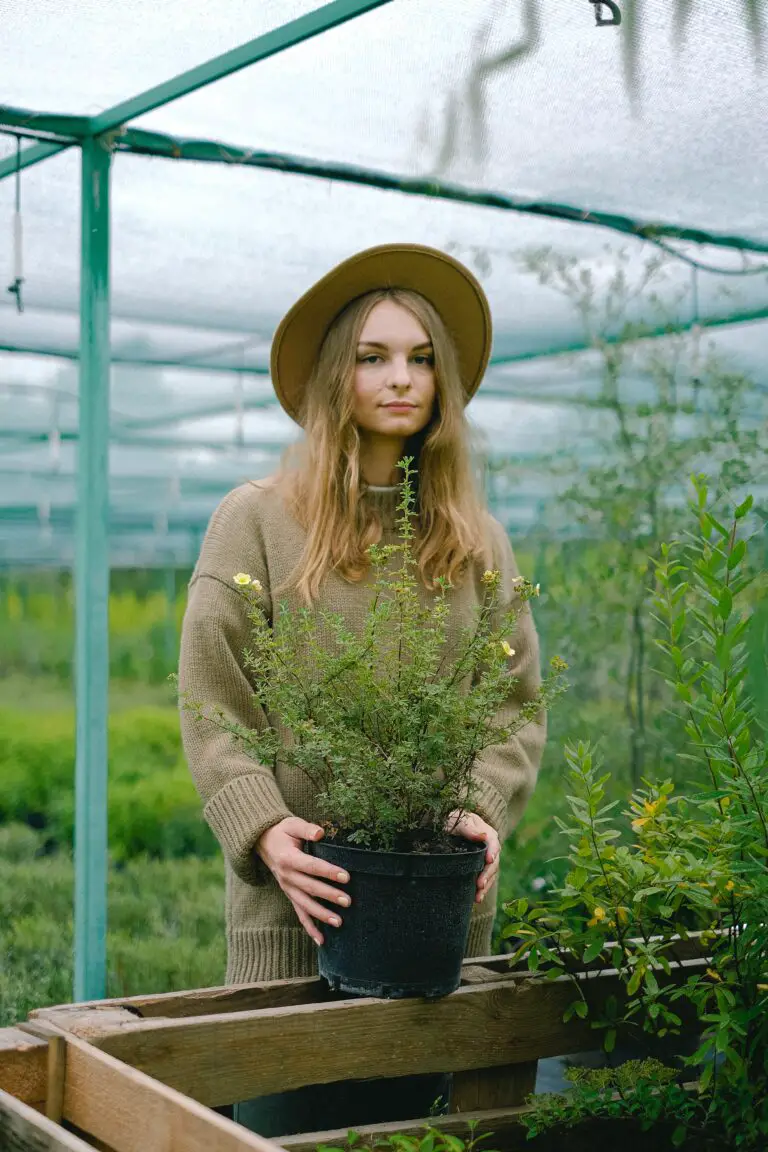
Getting your hands dirty with pruning is another secret to longevity. Snipping away the old and overgrown not only encourages a compact, attractive shape but also stimulates fresh growth. And don’t forget those faded flowers—deadheading spent blooms redirects energy back to the plant.
Speaking of energy, let’s talk about food. A balanced half-strength succulent fertilizer during the growing season gives your Crassula the extra pep it needs without the risk of nutrient burn. It’s like a power smoothie for your resilient leafy friend!
Now, here’s a special tip: consider the seasons. Crassulas experience dormancy patterns and growth spurts tied to the time of year. Respect these cycles by adjusting care accordingly. For specific insights on seasonally adjusting your care strategy, check out our article on Crassula care during various seasons.
Finally, let’s not overlook those crafty leaves. Air circulation is crucial, so space out your plants and offer occasional breezes—think of it as their breath of fresh air. Coupled with the right light exposure—bright, indirect light being their favorite—you’ll set the stage for a long and prosperous life.
Follow this practical guidance, lavish your Crassula with attention and care, and you’ll be well on your way to earning a place in the Succulent Hall of Fame. Just imagine the stories you’ll share: “Back in 2020, this was just a tiny cutting… and look at it now!” With these techniques, you’re not just growing a plant; you’re cultivating a living legacy. Happy watering (and waiting)!
Crassula Cultivation: Indoors vs. Outdoors
Picture this: two Crassula plants, side by side, living entirely different lives. One basks in the controlled climate of an indoor setting, while the other braves the elements outdoors. It’s like comparing a city slicker to a rugged outdoors enthusiast! Now, you’re probably pondering: does their address affect their age? Let’s delve into the fascinating dynamics of how growing conditions sway the longevity of these succulent beings.
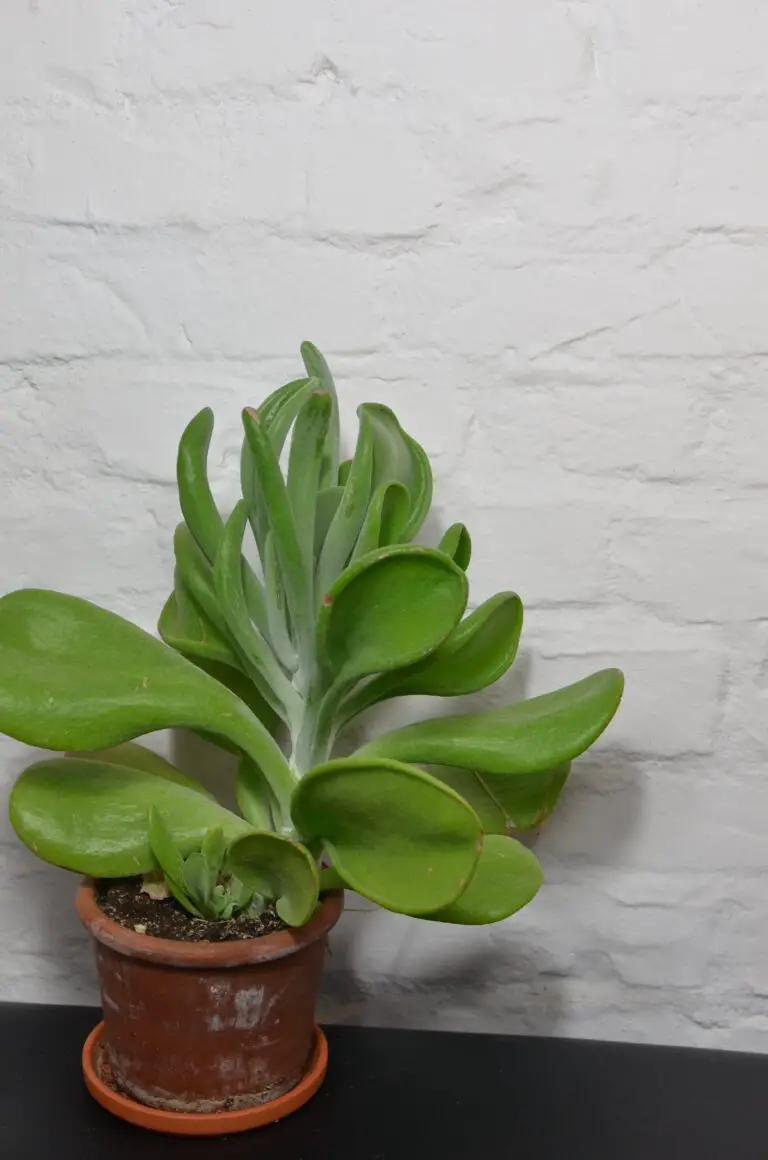
First off, let’s chat about the indoor Crassulas. Indoors, they lead a sheltered life, far from the harshness of extreme weather. Unlike their outdoor counterparts, they aren’t subjected to the mood swings of Mother Nature, meaning they can potentially look forward to a life of serenity and stability. With consistent temperatures and a steadfast supply of care, these homebodies have a solid shot at growing old gracefully, much like a contented retiree in a coastal town.
Transferring outdoors, the scenario shifts dramatically. Outdoor Crassulas are the adventurers of the plant world, routinely facing a gauntlet of weather conditions. Their lifespan hangs on the whims of their native climate—scorching summers, chilly winters, and everything in between. In milder regions, they might thrive splendidly, reaching venerable ages in tune with the natural rhythms. However, toss in some frosty nights or blistering heatwaves, and their journey could be cut short, just like an ill-prepared hiker on an arduous trail.
Let’s sprinkle a bit of real-life essence here. Imagine a Crassula in balmy California, sprawling happily in a beachside garden. It could likely outlive its potted cousin in a chilly New York apartment where the central heating whispers dry tales of a shorter lifespan. However, don’t dismiss the resilience of these succulents; they possess an uncanny knack for survival, often defying the odds with the right blend of care and attention—just like a seasoned gardener who knows the secrets of the soil.
Seasonal changes come into play, too. Crassulas outdoors revel in the dance of the seasons, readjusting their growth patterns to the tempo set by nature. They might slow down in winter, conserving their energy like a bear in hibernation, only to explode in a spectacle of growth with the first kiss of spring. It’s a dynamic existence, oscillating between growth and dormancy—each season writing a new chapter in their saga of survival.
Ultimately, whether Crassula plants flex their green muscles longer indoors or outdoors boils down to a cocktail of care, climate, and a dash of good fortune. Whatever their postal code, these storied succulents have mastered the art of endurance, reminding us all that life’s vitality doesn’t just stem from where you’re planted, but how you weather the storms and bask in the rays of your days.
Common Missteps that Shorten Crassula Lifespan
If you’re lucky enough to be the custodian of a Crassula plant, you’d surely want to keep it thriving for as long as possible. Alas, there are pitfalls aplenty in the life of a plant parent that can unwittingly clip the wings of your succulent’s lifespan. Let’s talk about these common slip-ups, shall we?
Overwatering: A Watery Grave
The Crassula genus, with its succulent leaves, is tailor-made for droughts, dreaming of arid homelands. Yet, here we are, drenching them in a deluge like they’re auditioning for an aquatic ballet! Imagine this: after a particularly enthusiastic watering session, your Crassula’s roots are gasping for air in waterlogged soil, leading to root rot—a silent killer in the plant world.
Yearning for Sunlight: Don’t Leave Them in the Dark
Ever noticed how Crassula leaves reach for the sky? That’s their silent plea for sunlight. Tucked away in a shady corner, they can’t photosynthesize enough to feed their growth. A real-life example: picture a Crassula by a north-facing window, its vibrant green fading to a dull drab—a somber sign it’s not soaking up enough sun.
Chilly Discontent: Keeping the Temperature Just Right
On the flip side, don’t forget that Crassula’s are no fans of the cold. “Tropical” is their middle name; “Icy” certainly is not! I recall a friend who placed their Jade near an open window one frosty evening. The result? A plant that looked more frosted cake than flourishing flora.
To help you avoid these mishaps, here’s a video that encapsulates the common mistakes plant owners make with their Crassula plants and how to avoid them:
Pruning and Repotting: Keeping Your Crassula Young
Have you ever admired a Crassula and wondered what keeps it so sprightly even years down the line? The secret to the long-lasting vibrancy of these succulent plants isn’t just their hardy nature—it’s the loving care they receive through pruning and repotting. Just like a haircut can invigorate us, a good prune can do wonders for your Crassula.
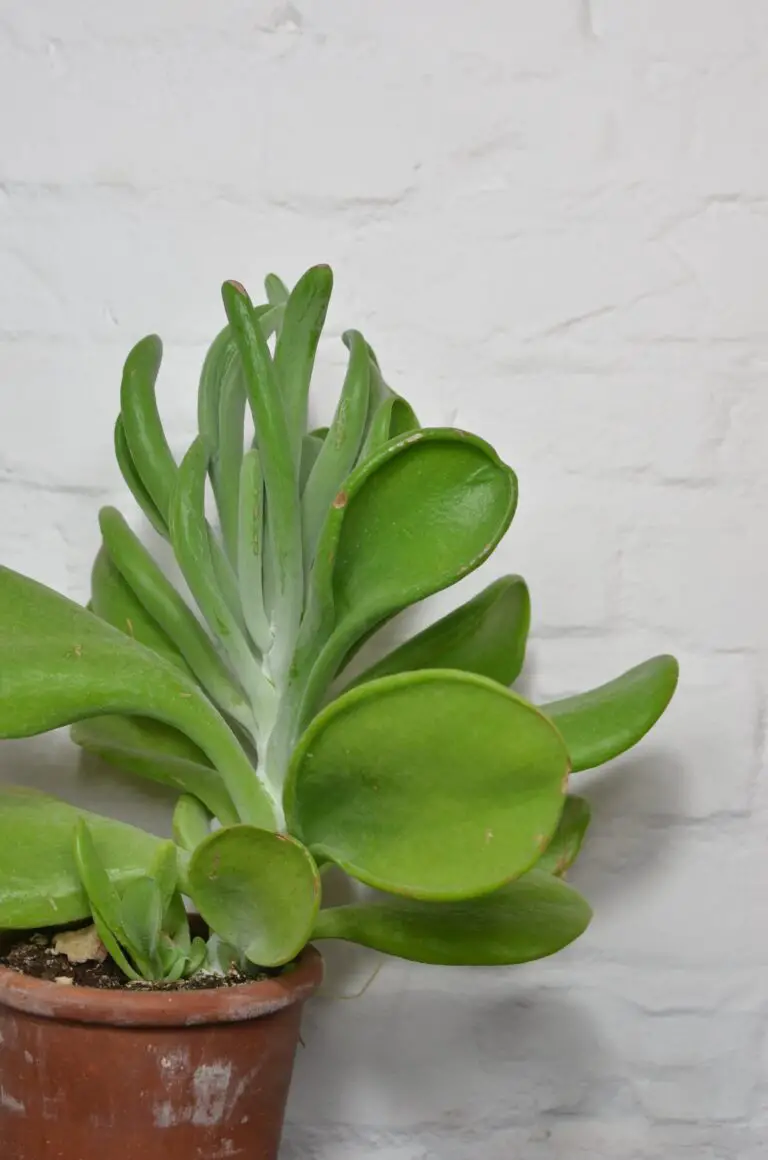
Let’s snip our way into the heart of the matter: regular pruning. By trimming away overgrown or decayed parts, you’re not just tidying up; you’re stimulating new growth, helping the plant to flourish more lusciously. It’s akin to cutting back the dead ends of your hair—you do it not just for the look, but for the health of it all. And, just as you’d care for a fresh hairdo, after pruning your Crassula, give it a pep talk and some extra TLC with water and sunlight.
Every so often, your leafy companion will outgrow its home. That’s repotting time! Imagine wearing shoes two sizes too small—not a good fit, right? Well, a Crassula crammed in a petite pot can’t stretch its roots, which can result in stunted growth and even premature aging. By upgrading its abode, you allow it to expand naturally. But it’s not just about going bigger; it’s about refreshing the soil too, which is like making a bed with clean sheets. This combo can potentially add years to your Crassula’s lifespan, making it a centerpiece of your home or garden for longer than you might expect.
It’s a simple formula: proper pruning and repotting not only rejuvenate your Crassula but investing in these practices can significantly extend the botanical delight these plants are known for. So next time you’re eyeing those shears, remember, a little chop here, a pot swap there, and you’re on your way to nurturing a verdant friend for years to come—perhaps even surpassing the average lifespan!
Recognizing Age in Crassula Plants
Ever wondered if your green companion is entering its golden years? Identifying the age of a Crassula plant can be as intriguing as unraveling a botanical mystery. Let’s take a detective’s look at the clues Crassula plants offer us to track their age.
First up, size matters in the plant world. A mature Crassula often boasts a more substantial presence, with robust leaves and a sprawling structure indicative of many years of growth. Like counting the rings of a tree, measuring the girth of your Crassula’s stem can hint at its venerable status.
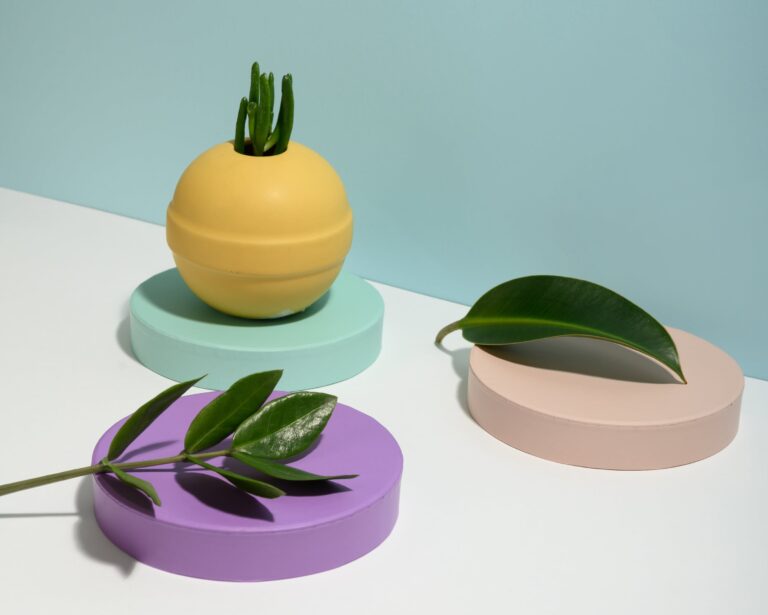
Then, observe the patterns etched in the plant’s growth. Young Crassula plants exude a certain sprightliness, with perky leaves and a dense, compact shape. As they age, the narrative of their life unfolds through more erratic growth patterns, sprawling branches that speak volumes about their years of perseverance and adaptation.
Lastly, the telltale sign of an aged Crassula is the development of a woody stem—an emblem of resilience and time weathered. With each year that passes, the bark thickens, chronicling the plant’s enduring saga. It’s a transformation that evokes the majestic aging process of a wise old tree.
By observing these markers, we start to piece together the rich history embedded in the very fabric of our Crassula plants. It’s a magnificent record of survival, of adapting to the ebbs and flows of life, right there, etched into their stems and leaves.
Remember, these botanical elders are not merely surviving; they’re thriving, much like the wise ones in our own lives who continue to flourish with age. So next time you glance over at your Crassula, take a moment to appreciate the silent stories it has to share about longevity and the art of growing old gracefully.
FAQs About Crassula Lifespan
Curiosity blooms as generously as a Crassula in the sun when it comes to the longevity of these resilient succulents. Let’s dig into the sandy soil of queries and unearth the secrets to the enduring lives of Crassulas. Ready to become a Crassula connoisseur? Let’s dive in.
Just How Long Can a Crassula Brighten Up My Space?
The Crassula, often seen gracing the sills of sunny windows or the desks of offices, isn’t just a fleeting guest in your life. With proper care, these hardy plants have been known to outlive their planters, flourishing for decades! Imagine, a single Crassula could be your leafy companion for up to 50 years or more. Now, that’s what I call a long-term relationship!
What’s The Secret to a Crassula’s Remarkable Lifespan?
Growing a Crassula is a bit like a mastering a melody on the flute; it takes finesse but the tune it plays over time is remarkably sweet. The key lies in the low-maintenance nature of these succulents. They ask for little but give so much back. A sunny spot, well-drained soil, and occasional watering are like the harmonious notes that ensure your Crassula grows old with grace.
Real-Life Tales of Crassula Longevity
I once met a Crassula ‘Jade’ plant named Ol’ Green, which had been with the same family for three generations. This verdant heirloom had witnessed countless family gatherings, holiday feasts, and quiet reflective mornings. By thriving through years of tender care, Ol’ Green became a testament to the Crassula’s ability to span lifetimes with serenity.
Now, if you’re wondering just how majestic these longevity champions can look, picture this:

There you have it, a peek into the leafy lore of Crassula longevity. Like a well-composed symphony or the chapters of a multi-generational novel, the life of a Crassula is a tale of patient growth and enduring greenery. Take it from Ol’ Green: a bit of care, a dash of sunlight, and a drop of water are the ingredients to a lifelong verdant journey.



